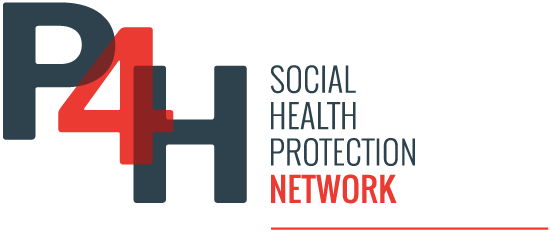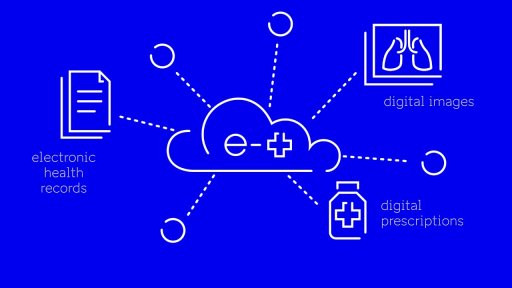User charges affect access to health care. In 2018, Estonia lowered thresholds and automated reduced co-payments for medicines via e-prescriptions, removing barriers. This increased eligibility and reduced out-of-pocket costs, improving financial protection.
A new report highlights significant strides in Estonia’s efforts to reduce financial hardship caused by out-of-pocket (OOP) expenses for health care. In 2016, OOP payments made up 24% of the country’s health expenditure, and 8% of households experienced catastrophic health spending, with the poorest families most affected. The high financial burden was largely driven by co-payments for outpatient medicines, creating unmet needs, as 7% of people with prescriptions were unable to afford them. The complexity of the previous system—high eligibility thresholds and cumbersome administrative processes—limited the effectiveness of protection mechanisms.
In 2018, the Ministry of Social Affairs introduced reforms designed to simplify and improve financial protection. Key changes included lowering the annual threshold for reduced co-payments from €300 to €100, thereby increasing accessibility for vulnerable groups. To further enhance uptake, Estonia’s centralized e-prescription system was upgraded to automatically track users’ spending and apply reduced co-payments in real-time. This innovation eliminated administrative hurdles, such as the need to retain and submit pharmacy receipts. Additionally, the co-payment structure was standardized with a fixed rate of €2.50 per prescription.
These reforms led to immediate improvements. The number of people eligible for reduced co-payments rose from 8,000 to 134,000, with 100% of eligible individuals benefiting from the reform—up from 37.5% previously. As a result, the share of people who received reduced co-payments when filling prescriptions increased from 0.4% to 15.6%, while the number of households spending more than €250 annually on outpatient medicines dropped dramatically from 24,000 to just 1,000. Overall, out-of-pocket costs for outpatient prescribed medicines decreased by 8% and remained below pre-reform levels in subsequent years.
Despite these positive outcomes, Estonia continues to face challenges. In 2020, 7.2% of households still experienced catastrophic health spending. The report recommends further policy measures, such as introducing caps on co-payments, exempting low-income groups and individuals with chronic illnesses from user charges, and replacing percentage-based co-payments with fixed rates to ensure equitable access to health care.
The success of Estonia’s reform highlights the importance of robust monitoring and digital innovation in improving financial protection. Continuous data collection on unmet needs and household spending allowed policymakers to identify gaps in coverage and design more effective solutions. The centralized e-prescription system played a crucial role by automating processes, reducing administrative burdens, and increasing benefit uptake. Strong collaboration among the Ministry of Social Affairs, the Estonian Health Insurance Fund (EHIF), and pharmacies was also key to implementing these reforms successfully.
Estonia’s experience provides a valuable model for other countries seeking to strengthen universal health coverage and reduce financial hardship. While the reforms have made health care more affordable for many, ongoing efforts are needed to close remaining coverage gaps and protect all citizens from the risk of poverty due to health expenses.
Read more about the report and WHO/Europe’s work on financial protection here.


